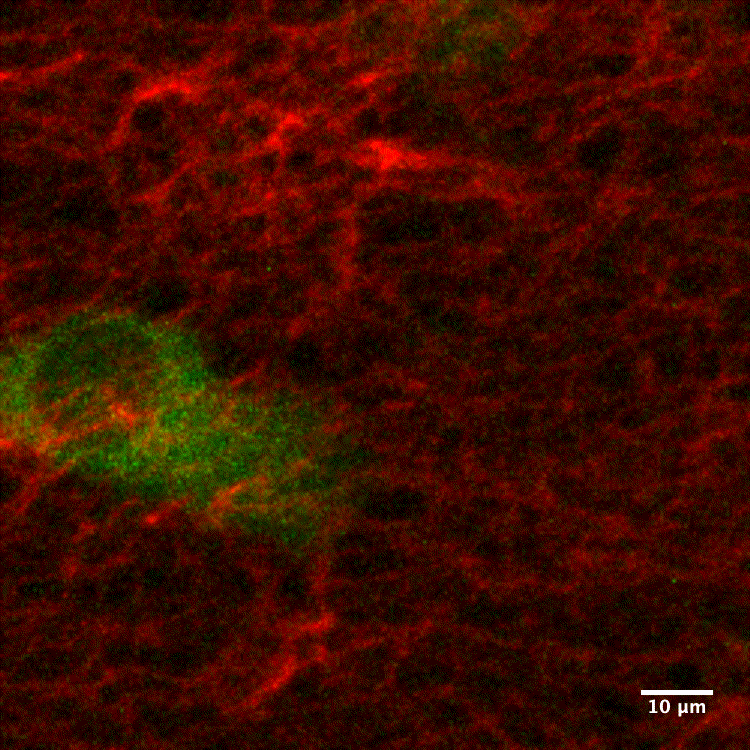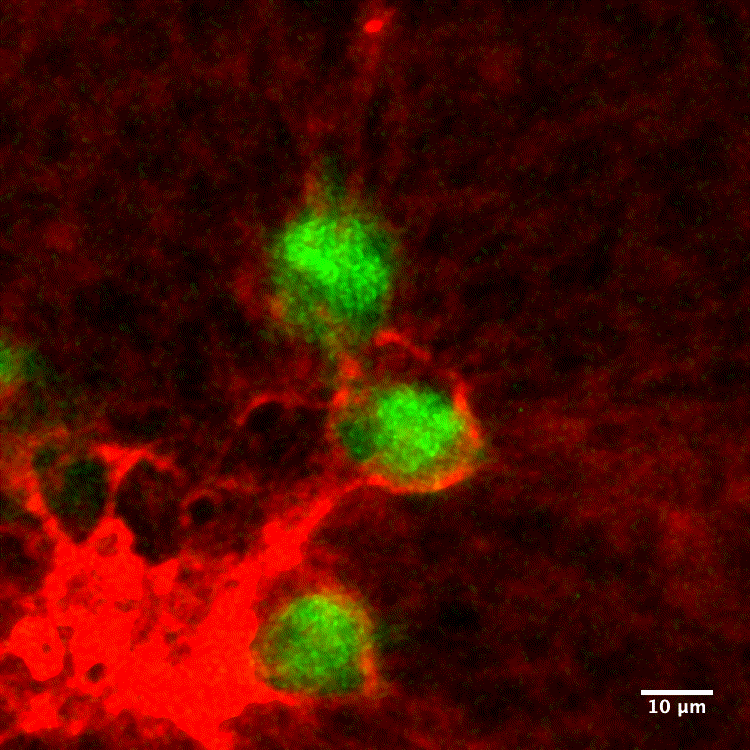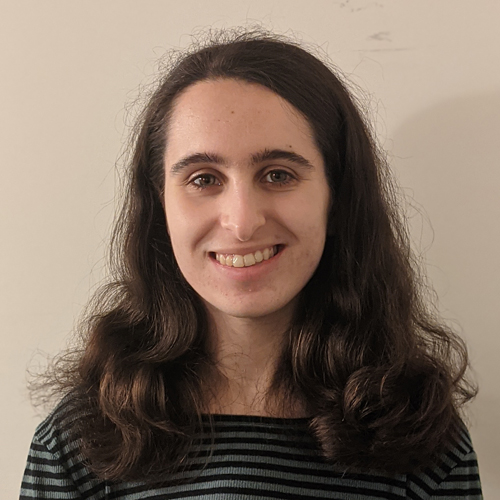Dormant cancer cells may 'reawaken' due to change in this key protein
A new study in mice and human tissue hints at a way to keep cancer from spreading.

Cancer cells may suddenly "reawaken" and spread throughout the body after years of lying dormant. Now, scientists may be closer to understanding why.
In a new study published Monday (Dec. 13) in Nature Cancer, scientists found that in mice, dormant cancer cells were surrounded by larger amounts of a specific type of collagen, the main protein that makes up connective tissue, than active cancer cells.
The team also examined this collagen, known as type III collagen, in samples from human patients with head and neck cancer. Patients whose cancer had spread to their lymph nodes tended to have primary tumors with less type III collagen nearby than patients with no cancer in their lymph nodes, suggesting that cancer with less type III collagen might spread more easily to other parts of the body.
Related: 7 odd things that raise your risk of cancer (and 1 that doesn't)
In their mouse models, the scientists found that the type III collagen surrounding dormant cancer cells seems to decrease over time, and the cancer cells become active again. The collagen changes its structure during this process, becoming less wavy and more linear. The researchers also identified a specific process, called a signaling pathway, through which this collagen from the tumor changes the body’s chemistry and keeps the nearby cancer cells dormant. They discovered that disrupting this process causes cancer cells to "reactivate."
These distinct changes in type III collagen could be a useful marker for determining if cancer is more likely to spread, or metastasize, said study senior author Jose Javier Bravo-Cordero, an associate professor of medicine, hematology and medical oncology at the Tisch Cancer Institute at Mount Sinai in New York. The researchers also found that in mice, replacing the tumors with scaffolds made of this collagen could prevent metastatic tumor growth, which, if it were effective in humans, could serve as a future cancer treatment.

In the new research, the team used mouse models of head and neck cancer and breast cancer to study both active and dormant cancer cells. When introduced to the mice, the active cells formed tumors and the cancer spread, while the dormant cancer cells formed small clumps that remained in isolated areas and did not grow or spread. Among other tools, the researchers used a specialized form of microscopy to observe cancer cells inside live mice in real time. Bravo-Cordero compared the method to using a security camera in a store. Looking at still images taken by a security camera individually or out of sequence wouldn’t necessarily catch a thief, he said, but a video recording would tell a more complete story.
Sign up for the Live Science daily newsletter now
Get the world’s most fascinating discoveries delivered straight to your inbox.
"That's what we're trying to do with the cancer cells," Bravo-Cordero told Live Science. "We want to film them in real time so we can understand their process and their behavior." In this way, the team spotted the differences in collagen between the tumor types.
"If you have a tumor that has a tendency to lose collagen expression, over time the cells that disseminate may be more efficient in restoring growth and forming metastases than the ones that overexpress collagen," Bravo-Cordero said.
To test whether type III collagen could prevent cancer metastases and lessen cancer growth in mice, the researchers introduced type III collagen into the mice in several ways, including by injecting both cancer cells and the collagen into the animals at the same time. The resulting tumors grew more slowly than tumors in mice injected with only cancer cells. In a different experiment, the researchers also placed a tiny, bioengineered scaffold loaded with type III collagen into an area where they had removed a tumor from the mice. Only 20% of the mice with the scaffolds had the cancer return in that area, versus 80% in the control group.
"In that condition, what we see is that we can prevent the recurrence of those tumors," said Bravo-Cordero, by "forcing the cells into the dormant state." If the same thing held true in humans, a method like this could potentially be used as a cancer treatment, he said.
Of course, there is no guarantee the same would hold true in humans. There’s also no guarantee that type III collagen would have the same role for multiple types of cancer, or even for different types of dormant cancer cells.
Just as "human cancers are very different from one patient to the other, it's almost certainly the case that there will be great heterogeneity in the mechanisms of dormancy," said Dr. Lewis Chodosh, the chairman of the department of cancer biology at the Perelman School of Medicine at the University of Pennsylvania, who was not involved in the study. In other words, cancer cells likely have several ways of remaining dormant, and this may only be one of them.
Chodosh said a major strength of the study is the many methods the researchers used to collect data, incorporating data from mice and human samples. But a challenge of this type of cancer research is "understanding which of the things discovered in experimental systems are applicable to humans and in which clinical contexts," he said.
Future research will help answer these questions, as well as others, such as how long such collagen treatments could keep the cancer cells dormant. Still, the new research brings us closer to understanding one of the most mysterious and deadly aspects of cancer growth.
'This is an understudied area in cancer biology that has critical relevance to cancer patients," Chodosh said.
Originally published on Live Science.

Rebecca Sohn is a freelance science writer. She writes about a variety of science, health and environmental topics, and is particularly interested in how science impacts people's lives. She has been an intern at CalMatters and STAT, as well as a science fellow at Mashable. Rebecca, a native of the Boston area, studied English literature and minored in music at Skidmore College in Upstate New York and later studied science journalism at New York University.









